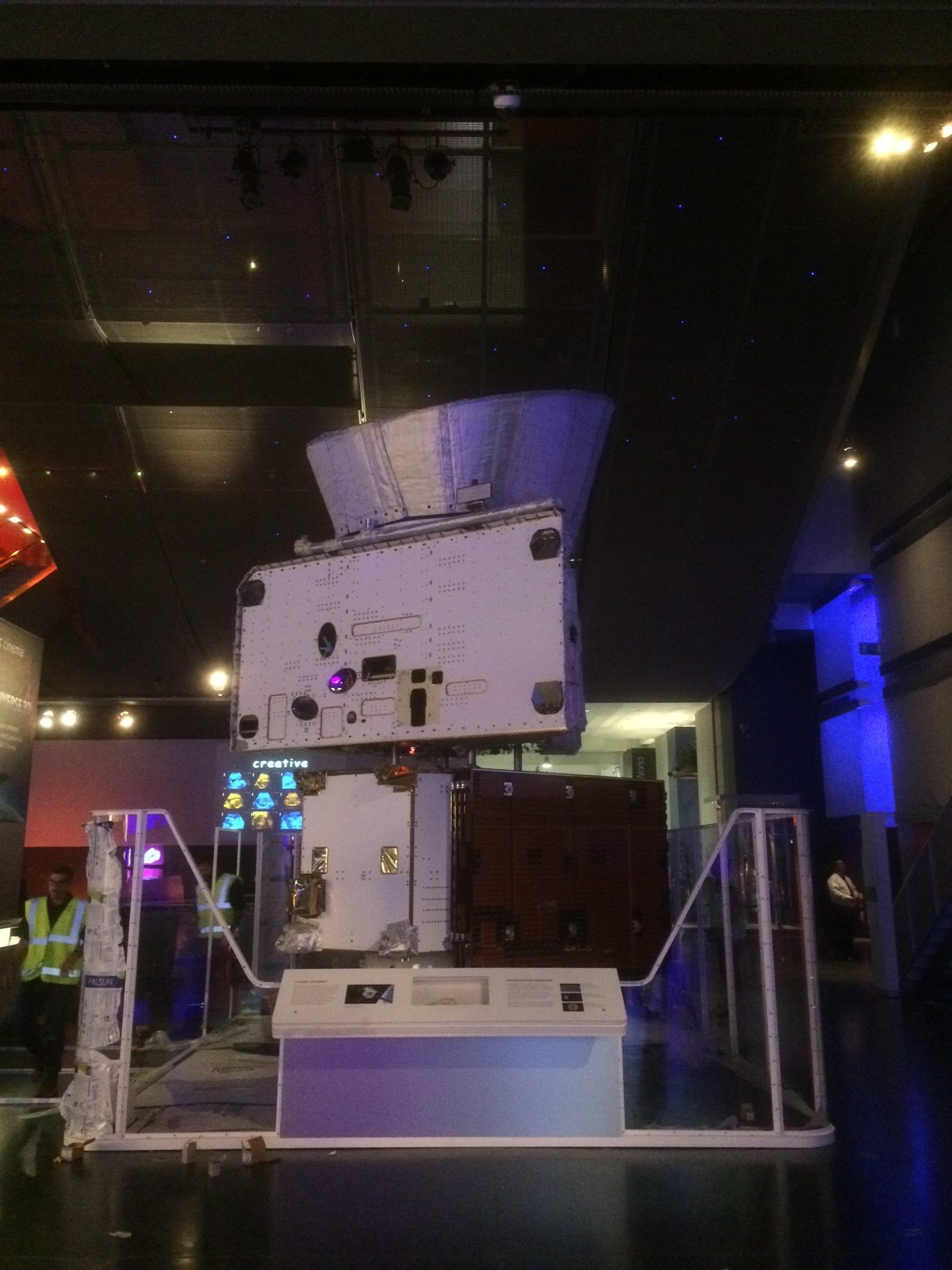
BepiColombo is Europe's first mission to Mercury, scheduled to fly on the 20th of October 2018, with an expected arrival date late in 2025. This ESA (European Space Agency) mission is being conducted in cooperation with JAXA (Japan Aerospace Exploration Agency) and will explore Mercury, the smallest and least explored terrestrial planet in our Solar System - which at times only 50 million km from the Sun. BepiColombo has been designed to provide the measurements necessary to study and understand the composition, geophysics, atmosphere, magnetosphere and history of Mercury.
During the seven year transfer to Mercury the spacecraft is in a fixed orientation, with one side exposed to the sun’s beaming radiation and the other in freezing cold darkness. These extreme temperatures need to be controlled to ensure the satellite operates reliably and accurately. This is achieved by creating a closed heat pipe cooling system that transfers thermal energy from one point to another by the evaporation and condensation of ammonia, which allows the satellite to maintain at an operable temperature.
Custom-built to withstand these extreme environmental conditions, the satellite must undergo rigorous testing before it starts out on its journey. The BepiColombo Structural Thermal Model (test model) is identical to the satellite that will be launched on the 20th of October. It has undergone all the necessary testing and is now in its decommissioning state, which is where Tradebe Labwaste services were required.
Ammonia is a chemical made up of one part nitrogen and three parts hydrogen that boils at -33°C and quickly converts to a colourless gas that has a sharp, pungent odour. It must be stored and handled under high pressure that requires specially designed and well maintained equipment. Anhydrous ammonia is caustic and causes severe chemical burns, freezing the skin instantly on contact, but also has explosive properties making it a very dangerous chemical to handle.
Airbus needed a company with the extensive knowledge, experience and the specialist equipment to safely decontaminate the test model of the dangerous anhydrous ammonia, so they approached Tradebe Labwaste who have extensive experience in dealing with similar materials.
Initially reluctant to undertake the work due to the likelihood of damage to the precious satellite from the corrosive effects of the ammonia, Bob Hilliard (Tradebe Labwaste), after some trials in the UK, agreed to travel on the ferry to Holland on the 16th of Feb to devise a decontamination strategy for the customers’ satellite test model.
The strategy incorporated a high level risk assessment to ensure the project was performed to the strictest of safety standards, and Bob, accompanied by his partner (herself a veteran of many similar projects) to deal with lone-working issues, took all the equipment to conduct a final trial and confirmation assessment and prepare the satellite for the decontamination of the ammonia for a subsequent Tradebe Labwaste team.
The trials proceeded extremely well, and the method devised minimised damage to the satellite. As sufficient progress had been made by the close of business Day One of the project, Bob elected to remain in Holland over the next few days to fully complete the work the following week. Tradebe Labwaste was able to safely complete the work in four days in preparation for its display in the London Science Museum earlier this year.
Read more about BepiColombo from: www.hou.usra.edu/meetings/lpsc2015/eposter/1058.pdf
Watch the BEPICOLOMBO LAUNCH LIVE from 01:15 GMT
www.esa.int/Our_Activities/Space_Science/BepiColombo/Watch_BepiColombo_launch

BepiColombo Structural Thermal Model successfully installed in the London Science Museum



